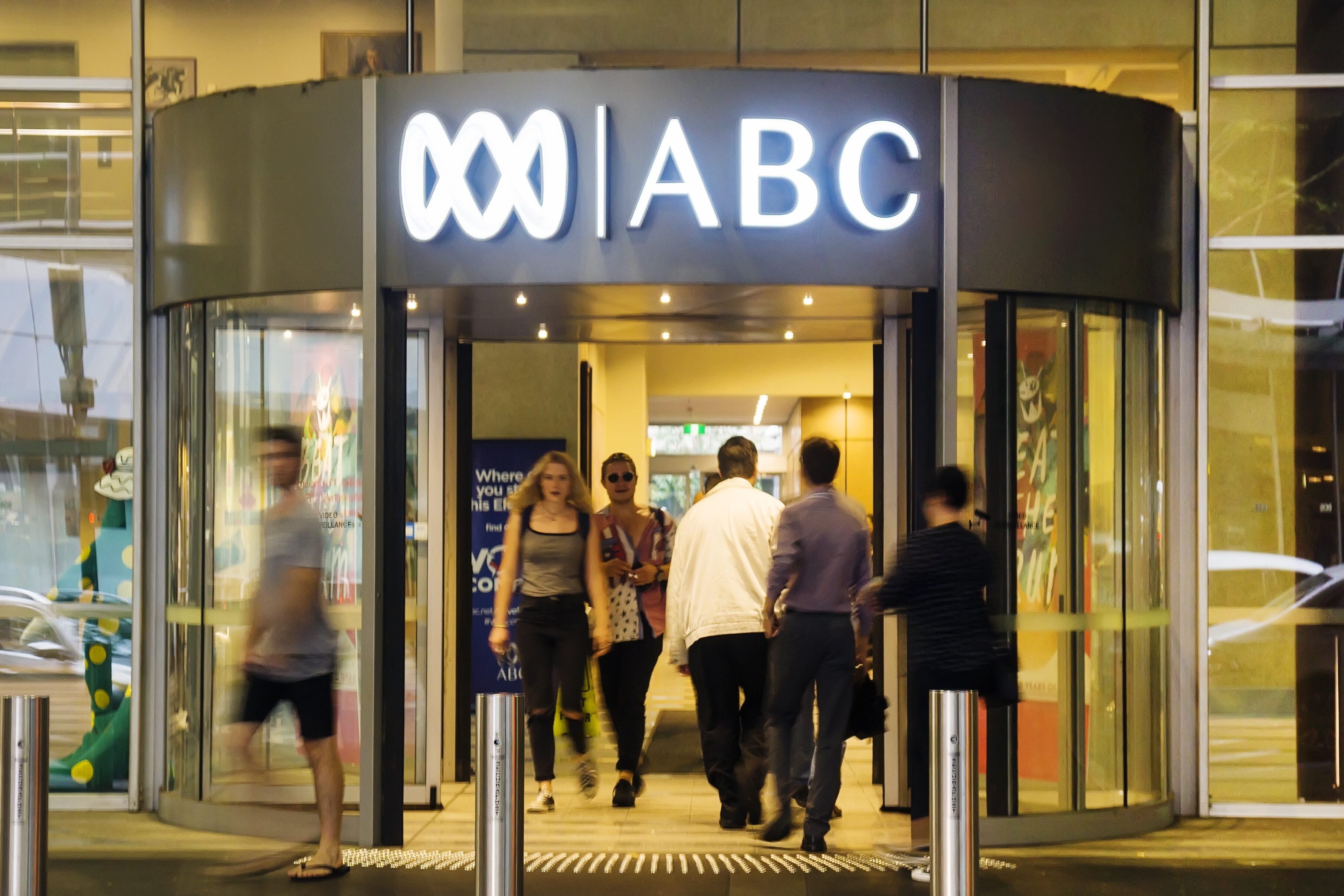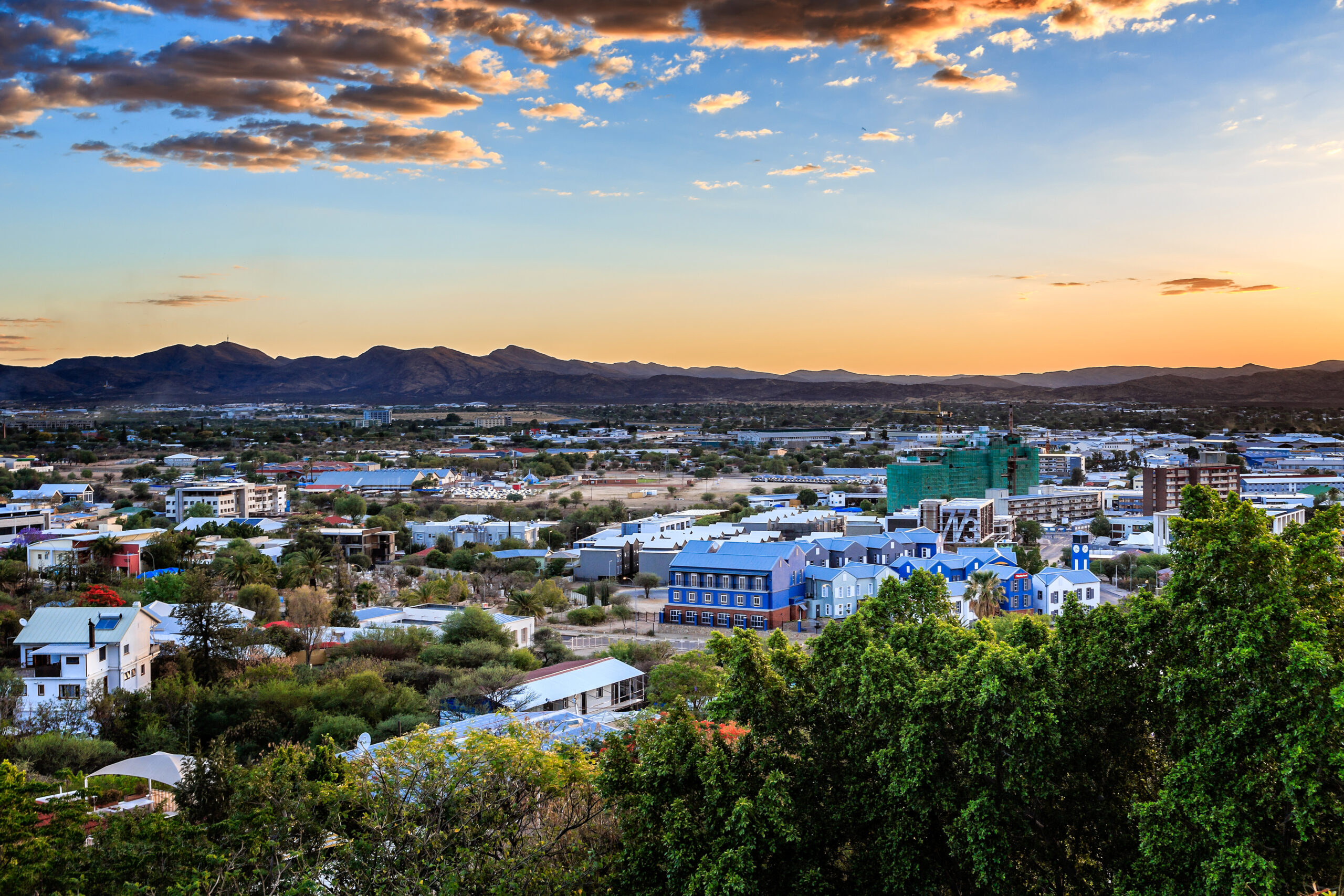“Quality, independence & accountability”: Medios Públicos de Uruguay’s new editorial guidelines
29th May 2024
The President of Uruguay’s public broadcaster tells PMA about their new editorial guidelines, designed to bolster their journalistic integrity and independence.

“Publishing is enormously important. It works like a contract and provides security to the public, guarantee and protection to workers against abuse or arbitrariness, and protects those who have institutional responsibilities,” said Minister Pablo da Silveira, in November last year, when new editorial guidelines for Uruguay’s public media were presented.
To find out more about the guidelines, why they have been introduced, and what impact it is hoped they will have, the Public Media Alliance’s Editorial Manager, Harry Lock, spoke to the President of Medios Públicos de Uruguay (also known as Secan), Gerardo Sotelo.
Harry Lock: Can you firstly tell me the history of MPU?
Gerardo Sotelo: The history of public media in Uruguay is almost a century old. It began in 1928 with a radio station that broadcast (and still does) classical music. In 1963, our Channel 5 was born (it just turned 60-years-old) as a state owned TV channel, and during that time, other radio stations began to join. Today, we have a national television channel (the only television channel that covers the entire country by air), 5 radio stations with a very diversified offering (news, current affairs, sports, classical and contemporary music, culture, etc.), and we recently incorporated our website, as part of a strong commitment to content for digital platforms.
Read more: EFE expands mission to tackle fake news in Latin America
HL: What are the biggest challenges facing MPU currently?

GS: I believe the main challenges for public media in Uruguay are threefold. First, transforming our organization into a public media corporation that produces and distributes audiovisual content with the technological characteristics and preferences of today’s audience.
Secondly, we must work towards having a decentralized organization that reflects local identities, which is very difficult in a country where half of the population lives in the capital, Montevideo.
Finally, public media must continue to work on its reputation as independent from the government and any power corporation. We have strongly invested in this direction, with the support of the government, and it is hoped that, with the new media law under consideration by Parliament, we will soon leave the sphere of the Executive Power to have an autonomous status, with a board appointed by Parliament.
PODCAST: What’s happening to Argentina’s public media?
HL: You recently introduced some new editorial guidelines. Can you explain these guidelines?
GS: Of course. The Guide seeks to offer guidelines for decision-making by our staff in line with the principles of public service, independence, neutrality, and balance in the reporting of the facts we cover. It is inspired (in fact, it was translated and adapted) from similar documents applied by international public media, such as “The BBC’s Editorial Values and Standards,” the “Canadian Broadcasting Corporation Journalistic Standards and Practices,” the “Deutsche Welle Act,” and even the criteria incorporated in “The Brussels Declaration: Standing up for Journalist Safety and Media Freedom,” by the Public Media Alliance. We have the advantage of having been the last, so we can boast of having the most updated document in the world.
“The most ambitious and medium-term objective is for Uruguay’s public media to set the quality standard with which journalists and the public should identify.” – Gerardo Sotelo, President of Medios Públicos de Uruguay.
HL: Will anything change as a result of these guidelines?
GS: That is what we hope for. We have had a long history of being held to arbitrary, subjective, and inscrutable criteria by social actors* and the public. This has been the case both in public and commercial media in Uruguay, where freedom of expression, an undeniable value, has been confused with opacity and arbitrariness.
The result is public discomfort and dissatisfaction from social actors involved in news coverage, as they lack properly explicit criteria to understand why journalists and media make the decisions they do. This status quo, in the case of public media, was unacceptable, but it will take some time before our staff appropriates the Guide and applies its criteria and procedures. That’s only natural.
HL: Why did you introduce these new editorial guidelines?
GS: One of the most obvious and longstanding problems with public media in our country is the opacity in decision-making, especially regarding journalistic and informative criteria. This opacity has been imbued with suspicions, often well-founded, that its content reflected the political and ideological preferences of successive governments.
At the same time, our journalists and editors were exposed to arbitrary decisions from their superiors or other power groups, and finally, the public had no parameter with which to judge the performance of public media. That’s why we turned to documents like those used by the BBC and CBC/Radio-Canada in Canada, among others, because they ensured the highest levels of quality, transparency, and professional rigor.

HL: What do you hope to achieve with the guidelines?
GS: The most ambitious and medium-term objective is for Uruguay’s public media to set the quality standard with which journalists and the public should identify. In a sense, we have advanced even without the Guide, by presenting radio and TV news and journalistic coverage that do not chase ratings, deal with the issues they should, and have the necessary duration, and for which no one accuses of any political bias or preference.
But we don’t perceive public media primarily as just another media actor, competing with commercial media for audience attention. That’s the case, but it’s not the only or main thing.
We believe that both the public and colleagues and civil society in general should find in public media a reference of quality, independence, and accountability, especially if they are not satisfied with the offer they find in the commercial media space.
HL: How are you implementing the guidelines among your reporters? Will there be any training?
GS: Those are two excellent questions for which we don’t have favorable answers yet. Of course, we know that it is necessary to implement these guidelines among our journalistic staff. It will probably be work we develop next year.
We haven’t found much publicity regarding the importance of the step we just took with the incorporation of the Guide, neither in the press nor in academia, but we believe they are natural partners in the dissemination and debate of this type of commitment. But beyond that, we have to plan training and reflection activities for our staff.
HL: Will audiences see anything different as a result of these guidelines?
GS: I have no doubt. Perhaps in an imperceptible way, permeated in the quality of our audiovisual content, especially journalistic content, but audiences will surely see the result. They are already seeing it, and they let us know, regarding the improvement in the quality of our programming and content in general, both on Channel 5 and on Radio Uruguay, which is our national radio signal, and on the digital content of our website and our social networks.
But the incorporation of the Guide should help us to achieve, as economists say, our “Flight to Quality,” understanding by “quality,” both the technical, narrative, and thematic components, and those referring to impartiality and editorial independence.
* Social actors in this sense means the non-profit, NGO, and civil society sector.
Related Posts
20th May 2024
How News 1st uses its journalism to help protect the environment
Despite efforts to restrict the media,…
13th July 2023
ABC: “The protection of sources is crucial for public interest journalism”
A recent court ruling would have forced…
22nd June 2023
Investigative journalism workshop “happening at just the right time”
An interview with Emily-May Brown on…



